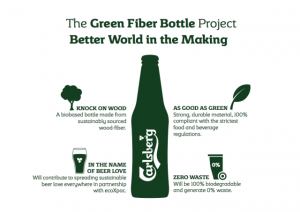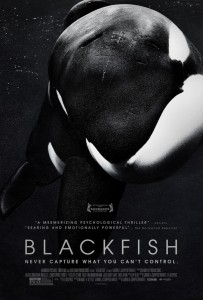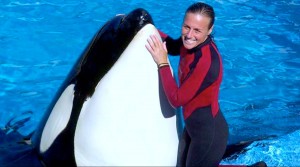
At the 2015 World Economic Forum in Davos, Switzerland, the Carlsberg Group revealed a prototype of the first bio-degradable Green Fiber Bottle ever made. The Danish brewing company seeks to develop sustainable packaging solutions for its products in the years to come. The also Danish packaging firm ecoXpac is involved in the creation and development of the bio-degradable bottle too. EcoXpac is a company specialized in designing, developing and producing fiber-based products. Even though they have been working on the project for some time now, there is still work to do and we will have to wait some years to see a Green Fiber Bottle in a restaurant, bar or store.
The “Green Fibre Bottle” is in a relatively early stage, but we can already see some of the environmental and production related advantages that Carlsberg’s project could have in a future. It is clear that bio-degradable bottles like the one presented in Davos are more sustainable than the ones made of glass. Carlsberg aims to achieve an environment friendly replacement for them. The prototype presented at last year’s World Economic Forum is a bottle entirely made from sustainably sourced wood-fibers, which means that in a future Carlsberg’s beer bottles could be a 100% made from renewable materials. In a world with finite natural resources that can be a turn point for the industry.
According to the Director of Sustainability at Carlsberg, Simon Hoffmeyer Boas, Carlsberg’s “traditional core demographic probably values great taste and good times over sustainability as a purchase motivator”. In deciding which beer to buy we do not usually look for sustainability and that could be a problem for Carlsberg’s Green Fiber Bottle. But the world is changing and so is the beer industry. We are now more interested than ever before in how, where and by whom the products we purchase are made. Carlsberg has the opportunity to differentiate their brand and to be seen as a company worried about the environment. As a possible customer, my perspective of the company and the brand meaning are changing because of their sustainable innovations. They are thinking ahead and more companies should follow their lead.
“Sustainability is about doing the right things, which are also right for the business. Every step of that process is an opportunity to share content with our employees, suppliers, and consumers.” – Simon Hoffmeyer Boas, Director of Sustainability at Carlsberg

http://www.greenerpackage.com/renewable_resources/closer_look_carlsbergs_fiber_bottle

